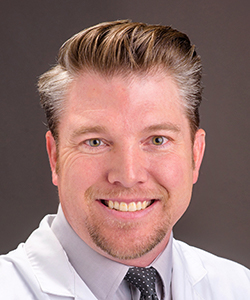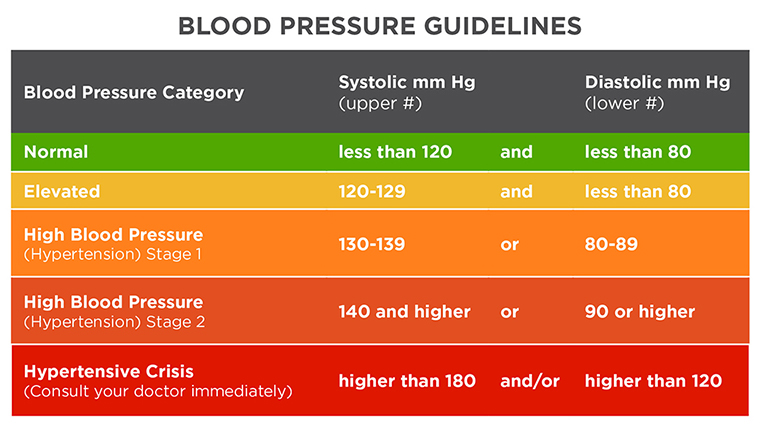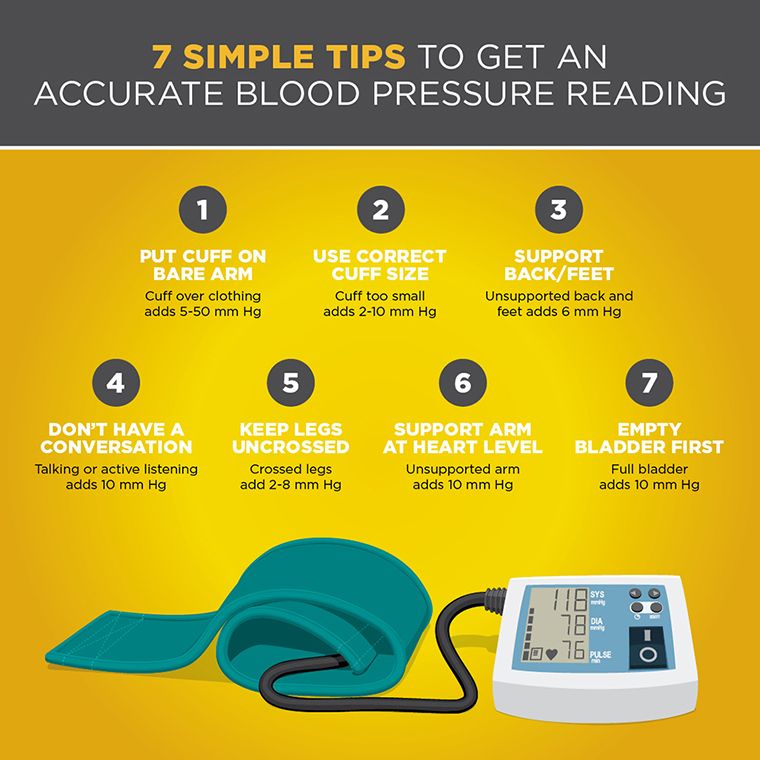If you’re an American adult, there is a 46 percent chance you have high blood pressure. The odds increased in November when the American Heart Association and American College of Cardiology issued new standards that lowered the threshold for the diagnosis of hypertension.

The new definition of Stage 1 high blood pressure is a systolic pressure of at least 130 or a diastolic pressure of 80 or above. Systolic refers to pressure during heart contractions, and diastolic refers to pressure between beats. The previous standard was 140/90.
The change meant 30 million more American adults have high blood pressure.
Brian Bostick, MD, PhD, is an MU Health Care cardiologist. In this Q&A, he explains the new standards and how you can keep your blood pressure in the normal range below 120/80.
Q: What prompted the guideline change?
A: Hypertension is one of the biggest risk factors for heart disease and stroke. Lower blood pressure is associated with improved outcomes. What this group did was look at all the studies and determined the association of each level of blood pressure and your risk for heart disease and stroke. Redefining these, while it does classify more people with Stage 1 hypertension, it’s going to give them better access to treatments, therapies, knowledge and awareness of having high blood pressure so we can prevent heart disease and stroke.

Q: What advice do you give patients whose blood pressure is in the 130/80 range who previously weren’t diagnosed with high blood pressure and now they have it?
A: This new classification is not saying that you or your doctor have been doing anything wrong with your blood pressure. We have always classified blood pressure above 120/80 as high. The goal of the new classification is to raise awareness about high blood pressure and improve treatment. By diagnosing high blood pressure earlier, we can help prevent more heart attacks and strokes. These new guidelines are not necessarily going to change whether you are prescribed medication for your high blood pressure or what medications you’re on — the levels. We’re still prescribing the same medications you were on before. We are trying to help give everyone access to the treatments they need and more early aggressive treatment. We’re just focusing a lot more on diet, weight loss and exercise.
It’s really at 140/90 that we’re treating patients with medications. At 130/80, we’re looking at lifestyle changes. It’s only people with a lot of risk factors that we will be aggressive with and try to get lower than 130/80.
Q: What can people do between visits to the doctor to monitor their blood pressure?
A: We tell our patients to check their blood pressure at home before they take their medications. Write those numbers down and bring them to your visit. Bring your home blood pressure monitor to the clinic so we can look at those readings and correlate with office blood pressure measurements. We want to get better at tracking blood pressure so we know where each patient is at.
Q: Does the blood pressure of patients elevate at the doctor’s office?
A: It does. That’s why 30 minutes before your appointment, we don’t want you to have any caffeine. We don’t want you exercising 30 minutes before your blood pressure is checked. And we don’t want you smoking 30 minutes before your blood pressure is checked. We want you to be able to sit still for five minutes with your feet on the floor to allow you to come to a relaxed state. When the blood pressure is being checked, you want to make sure the cuff is above the elbow level. Make sure you’re not talking during the check. The guidelines also emphasize rechecking your blood pressure in 30 minutes if it is elevated and then averaging those numbers.
Q: What level of improvement in blood-pressure readings have you seen from those who really apply lifestyle changes?
A: It can make a big difference. Every kilogram you lose — about 2 to 2½ pounds — has been shown in studies to lower your systolic blood pressure a point. We recommend the DASH diet, which is low salt, low cholesterol, low fat, high in vegetables. That can lower your blood pressure five to 10 points. Certainly things like stopping smoking can have major effects on your blood pressure and your risk.




